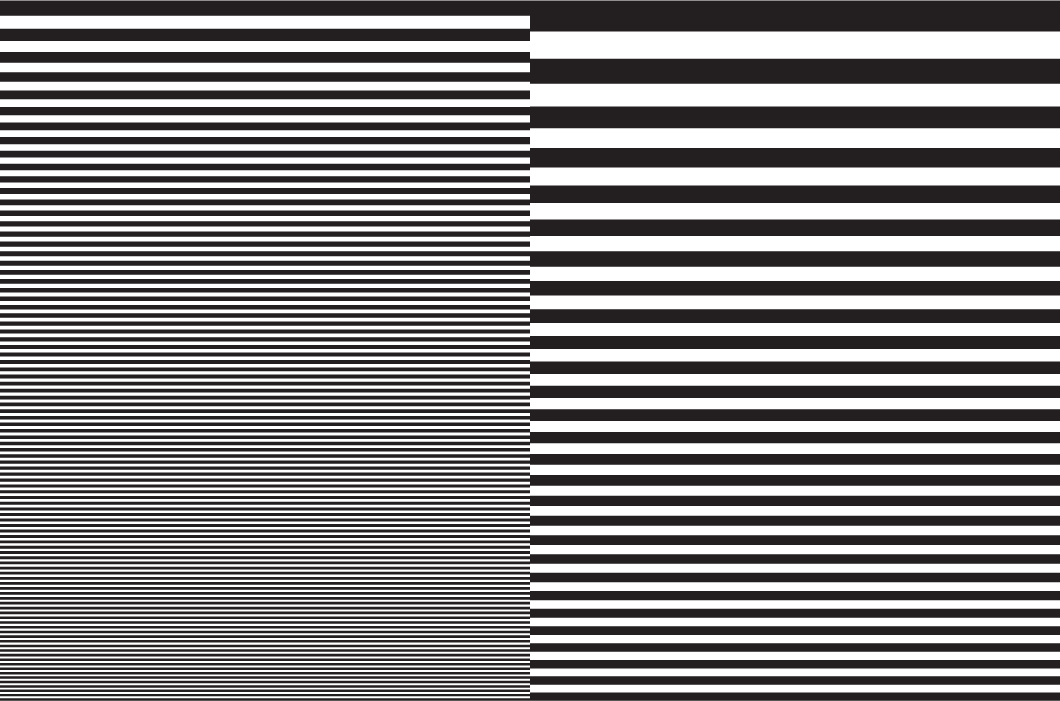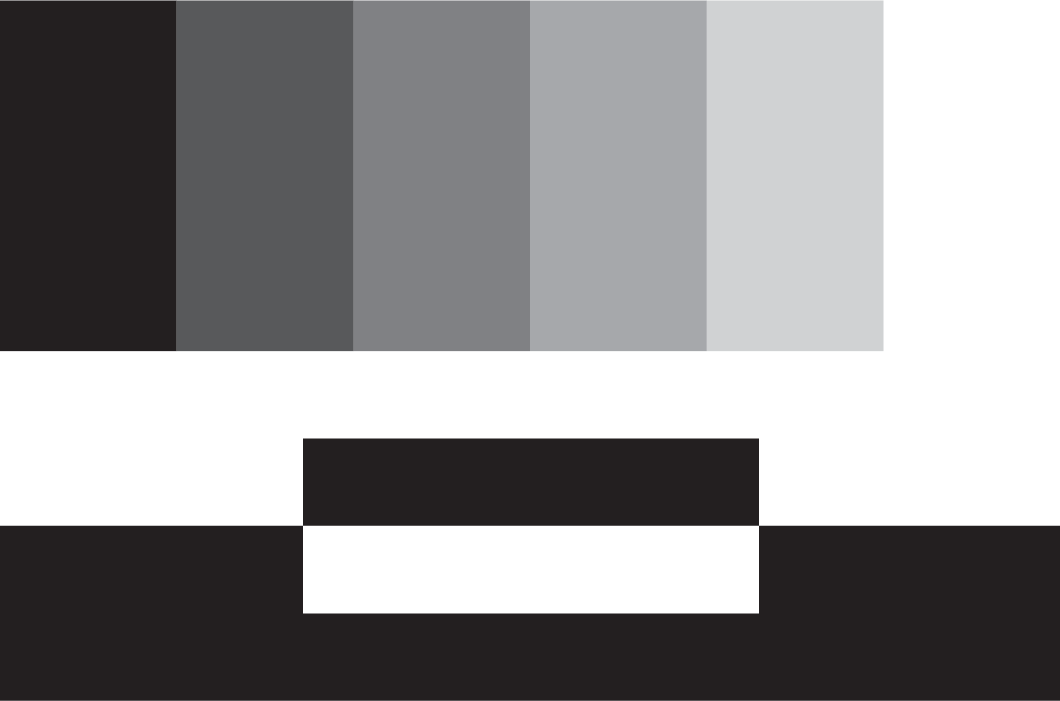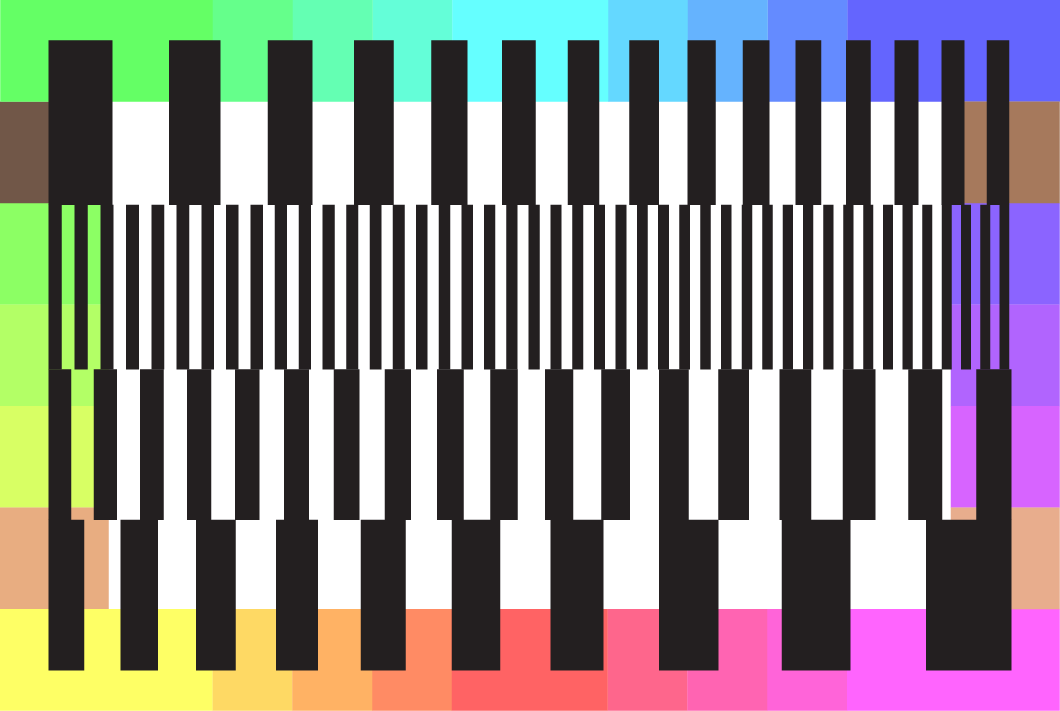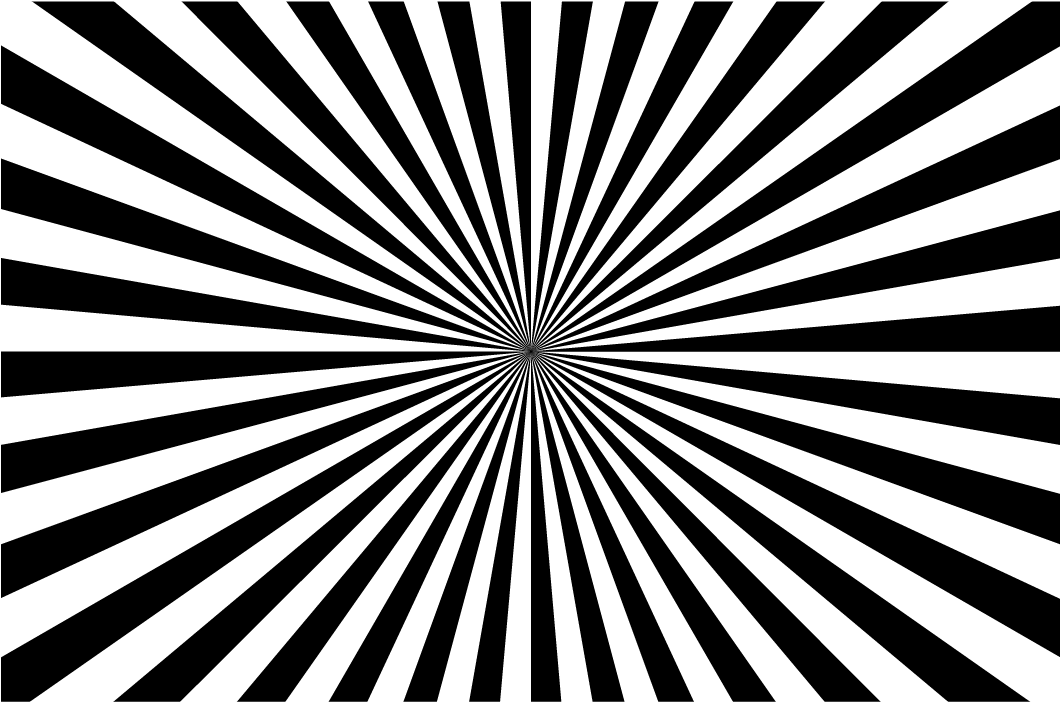Raw Data presents a diverse selection of experimental audiovisual works that deal exclusively with the probabilities of digital image processing. From Rosa Menkman’s DCT:SYPHONING (2017), which acknowledges the ecology of compression complexities, to Semiconductor’s Time Out of Place (2007), which plays with the simultaneous experience of time thickening. Historical projects such as 3 Artists On-line on Slow-Scan-TV (1980) show early experiments with computer networks and image transmission, while recent works such as Markus Maicher’s 10 Megabytes of Memory (2021) reflect on the impact of digital storage and resolution.
By combining different techniques and concepts, Raw Data offers a glimpse into the sustainable development of digital image processing techniques and how artists have explored them over the past decades.
Raw Data particularly focusses on how artists engage with emerging technologies - technologies that are often still in an experimental stadium, and therefore do not always function as intended. It is precisely this “unfinished character or instability” that forms a rich breeding ground for artistic research. A striking example of this is the work Belchic QE by ReMI, a classic within the Glitch genre. In this video, errors in digital systems are not impossible or hidden, but rather sought out and magnified. The result is an aesthetic in which storage, formation and noise are not only accepted but are used as expressive means.
In addition, in the work of Bas van Koolwijk and Joost Rekveld, digital programming environments are not only used as technical tools, but as autonomous media that generate their own abstract visual language. In his audiovisual compositions, Van Koolwijk investigates the relationship between image and sound, in which data is directly translated into visual and auditory impulses. Rekveld approaches are inspired by the early history of science and technology and builds systems that bring complex mathematical and physical principles to life in moving light. Their work invites reflection on the boundaries between man and machine, between control and autonomy, between art and code. A special classic from LI-MA's video archive is 3 Artists On-line on Slow-Scan-TV, an almost comical, but at the same time visionary recording of an international art project in which artists experimented with sending television images via a slow and cumbersome analogue system. The cumbersome communication, the slow image composition and the technical limitations of the medium become part of the work itself. By embracing these limitations, space is created for playfulness, wireless connections and new ways of collaborating at a distance - long before the internet became commonplace.
With this programme I want to show that there are always alternative routes within digital visual culture. Despite the increasing standardisation and homogenisation of digital media, it remains possible - and even necessary - to think outside the box. By experimenting with and deviating from existing digital standards, artists open new perspectives on technology and create space for imagination, wonder and critical reflection. This programme is therefore not only an ode to the pioneering work of the past, but also a plea for the continuing importance of the digital experiment.
Martijn van Boven
In cooperation with European Short Film Network, Arbeiterkammer Wien
Thu 25/9 Kino Kinoteka 14:00













